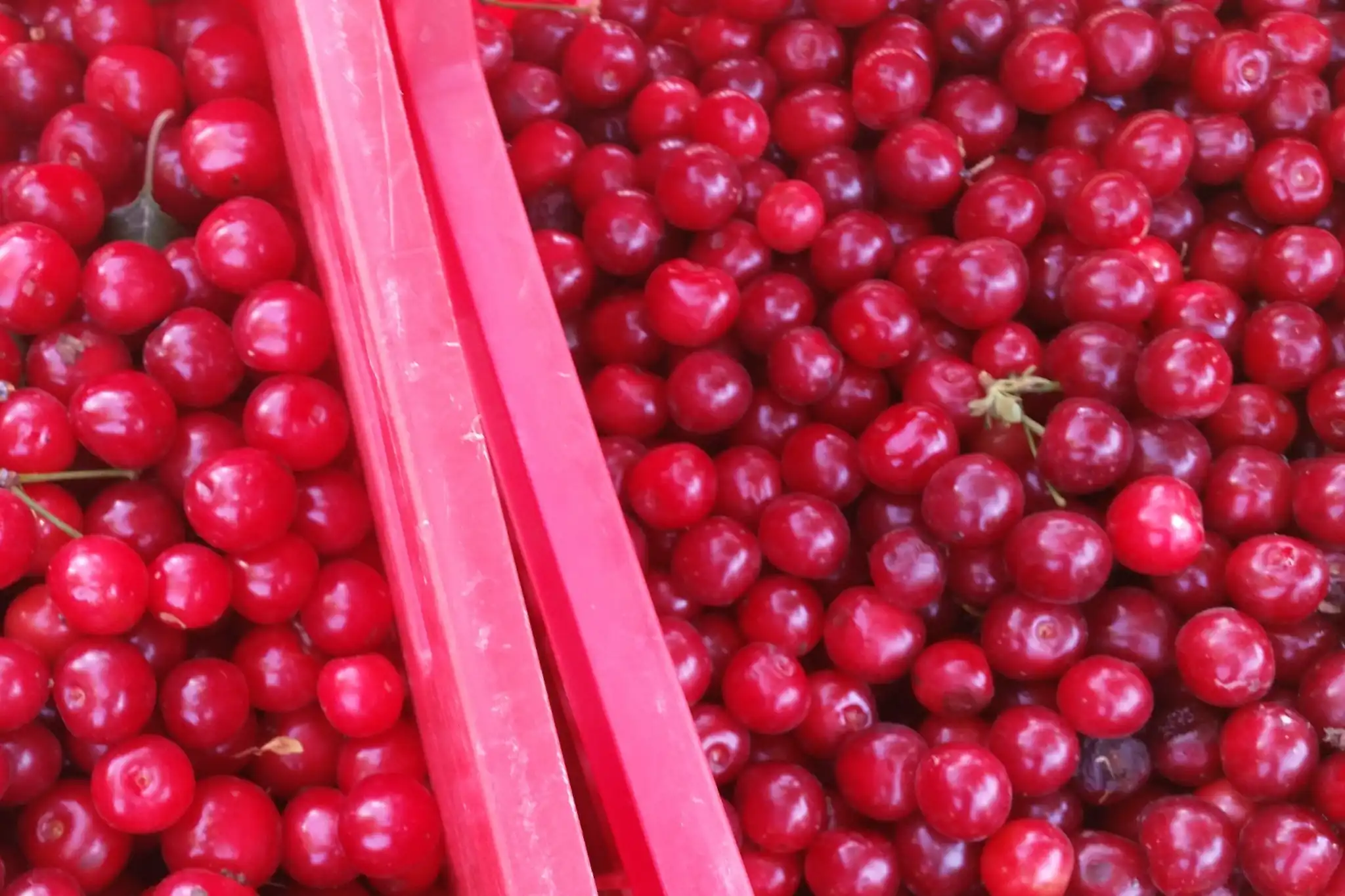Reducing losses that occur during the transport and storage of fruit and vegetable products depends largely on optimizing equipment and selecting appropriate technological processes.
For this reason, in-depth knowledge of the technical properties of fruits is essential when designing systems and machinery intended for post-harvest operations.
Analyzing consumer preferences clearly shows that buyers tend to favor fruits with uniform coloration, firm flesh, and regular dimensional characteristics—not only in terms of shape, but also weight and size.
By monitoring these parameters in particular, it becomes important to precisely understand the correlations among weight, dimensions, and color.

Understanding physical parameters
The study of such relationships is based on identifying the physical parameters that determine the behavior of fruits during technological processes and on constructing static predictive models, such as linear, quadratic, S-curve, and exponential-power models.
Modelling makes it possible to effectively represent technical dependencies and to predict product behavior during post-harvest phases.
In engineering, the finite element method is also widely used, as it helps analyze the resistance of agricultural products subjected to load and simulate structures with irregular geometry.
Applied to fruits, this method allows one to link flesh firmness to physico-chemical parameters such as soluble solids content, acidity, and pH.
Research on sour cherries
Despite progress made, further study of the technical characteristics of fruits and the relationships among their physical, mechanical, and chemical properties is still needed.
At Uman National University (Ukraine), the aim of the research was precisely to examine in detail the physico-chemical properties of sour cherries—weight, dimensions, shape, color, skin thickness, volume, surface area, and sphericity—and to develop descriptive models that relate these characteristics to the mechanical properties relevant during processing.
To achieve this, the study was conducted on several sour cherry varieties, including Griot Podbielski, Alfa, Zhadana, Elehantna, Optymistka, Pamiat Artemenko, Chance, Lutovka, and Shpanka.
Now, let’s look at the numbers. Average dimensions proved quite uniform: length and thickness around 10 mm, width about 20 mm, and an average weight of roughly 4.7 g.
Key metrics and findings
Considering all varieties, mean diameter ranges between 19.5 and 19.6 mm, while projected area lies between 303.8 and 320.17 mm².
Surface area was found to be approximately 120.67 mm², sphericity 100.9, and aspect ratio 1.04; mean fruit volume is 4036 mm³.
Peeling and elongation indices were 0.95 and 0.97 respectively.
Thermally, cherries exhibit a specific heat capacity between 3.77 and 3.79 kJ/kg°C and a thermal conductivity between 0.56 and 0.57 kJ/m·s·°C.
Mechanical and chemical properties
Soluble solids content is 15.8%, titratable acidity 1.7%, and average pH 4.1.
Mechanical resistance, measured as apparent density, amounts to 2.7 kg/cm² (265.42 N/cm²), and the light transmittance coefficient is 37.8%.
Based on these data, highly accurate predictive mathematical models were developed—particularly the quadratic ones, which showed very high r² values (0.988, 0.998, and 0.986)—alongside reliable linear models (r² = 0.988).
These models make it possible to accurately predict cherry quality and support companies in selecting the most suitable processing technologies.
Source: Bulletin of theTransilvania University of Brasov Series II: Forestry • Wood Industry • Agricultural Food Engineering • Vol. 18(67) No. 1 – 2025https://doi.org/10.31926/but.fwiafe.2025.18.67.1.10
Image source: SL Fruit Service
Melissa Venturi
University of Bologna (IT)
Cherry Times - All rights reserved













